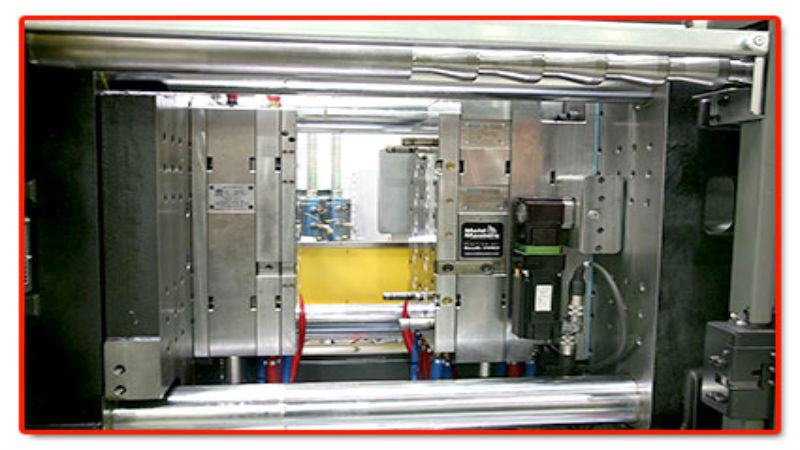Plastic parts and components can be produced in a variety of different methods. One is extrusion, where the plastic in a semi-liquid form is forced through a die to create a profile and internal shape. This option has limits as to the shapes provided, and it is slower and includes more waste than some of the other options.
Another possibility is the use of plastic injection molding. This is a perfect option for large volume production of parts and components from simple to complex. It uses a process of injecting specific amounts of thermoplastics in a liquid state into a carefully constructed mold. As with extrusion, there are limits to the shapes possible, but there are fewer limitations with this production method.
Hollow Shapes
The best and most efficient method to produce hollow shapes is custom blow molding. This is also fully automated, with three different variations including extrusion, injection, and injection stretch blow molding processes.
The injection blow molding process is typically used for medical device manufacturing. In this process, the polymer, which is in liquid form, is injected into a core. This is then inflated and cooled, producing a uniform shape that can be developed to extremely tight tolerances.
The extrusion custom blow molding process has the liquid polymer travel through a parison, which is a hollow tube. Cool air is then forced through the parison to create the shape in a metal mold. The part is then ejected, and the cycle repeats during a continuous process. This process is typically used for bottles, containers and even items with handles as part of the design.
The injection stretch method of custom blow molding uses the initial injection process and then cooled. The preforms, which are often the more complex shapes such as the neck of a bottle, are then reheated and stretched and blown to form the rest of the shape.

